In Ireland, a driver’s insurance history and driving experience have a far greater effect on the cost of their cover than what car they’ve chosen. Actuarially speaking, you’re the risky bit, not the car.
That said, picking the right car can make a big dent in your insurance costs, especially if you’re a younger driver. The secret — and as a general rule of thumb this works well — is to keep it small, and if you stick to in and around a 1.0-litre engine capacity, you’ll get a much cheaper premium.
We don’t know a great deal about how Irish insurers adjust their premiums based on specific cars, but one thing we do know is that the way Irish insurers group cars is based on, among other things, their claims history with the model involved. If an insurance company’s records show a disproportionately high number of incidents involving a specific type of car, that model will be more expensive to insure. Ideally then, as well as a small engine, buyers looking for the cheapest cars to insure should look for something generally driven by safer (read: older) drivers; the Toyota Yaris and Hyundai i10 spring to mind.
In the UK, the Association of British Insurers places each model of car into an insurance group, which gives you some indication of whether the price will be low or high. Irish insurers play their cards closer to their chests, and don’t let us in on the secret of what insurance groups or bands they use, but it is known that many Irish insurers base their ratings on UK data (a bigger market means a much larger dataset), so what’s cheap to insure there will also likely be cheaper to insure here.
That tallies with the one peep behind the curtain offered to Irish motorists by an insurance company here when, back in 2017, KennCo Insurance released a blog post revealing that there are 50 insurance groups for cars in Ireland with the lowest three being cheapest to insure. Cars on KennCo’s list almost exclusively included small, fairly mundane machinery such as the Toyota Aygo and Ford Ka.
Factors that UK insurers use to calculate premiums include the likelihood (based on past data) of the car to be involved in a crash, the cost of parts and repairs, value, performance (a fast car is going to be expensive to insure), safety and security systems and even the design of the bumper, as that can have a significant impact on how expensive a car is to repair following a crash. All of this is in keeping with the cars we know to be cheaper to insure in Ireland: small, simple and relatively new.
Bear in mind that most insurers charge an age-related loading on cars more than ten years old so, ideally, if you’re shopping for something with the cost of insurance in mind, stick to cars newer than that. That said, there’s always a trade-off to be made: do you spend more upfront on a newer car for cheaper insurance costs or do you buy an older car and take the annual hit? It comes down to personal circumstances, so run the numbers yourself.
Volkswagen up!
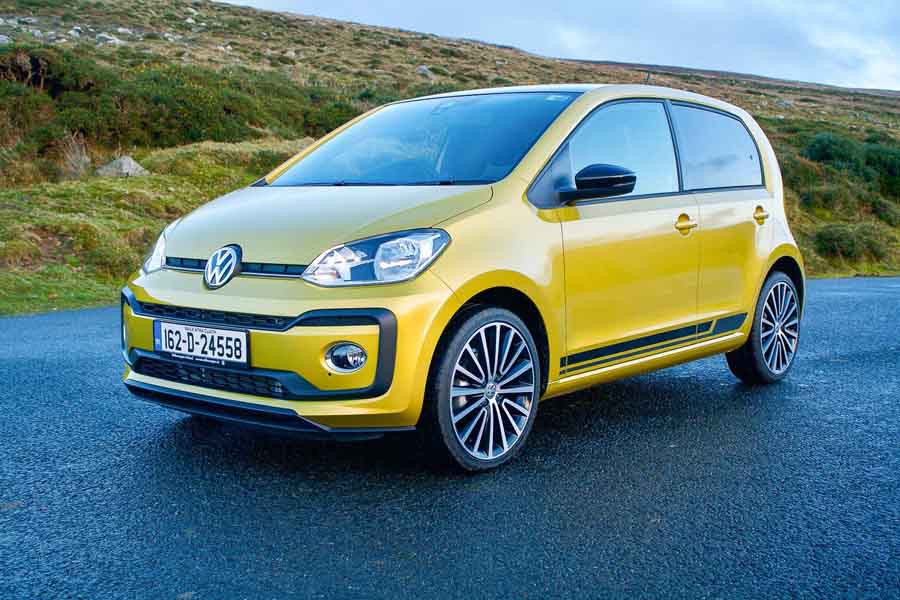
The VW up! is a likeable city car, and has long been one of the best in its class in terms of quality and dynamics. The little 1.0-litre three-cylinder petrol engine is frugal too, meaning that it’ll be cheap to run as well as insure. One benefit of the up! is that, having been launched in 2011, there are plenty of older examples on the market to accommodate a wider range of budgets. The more-or-less identical Skoda Citigo and SEAT Mii are good alternatives.
Toyota Yaris

Apart from the rally-bred GR model, the humdrum Yaris is far from exciting (even if the latest versions look good). That said, it’s an incredibly well-made car with an outstanding reliability record. The Yaris has proven popular among older drivers too meaning that, statistically, it fits the profile of a cheaper-to-insure car. That has another benefit too: a higher likelihood of finding a good used example that won’t have been regularly thrashed. The Yaris has been in production since the late nineties, so there’s one to suit every budget.
SEAT Ibiza
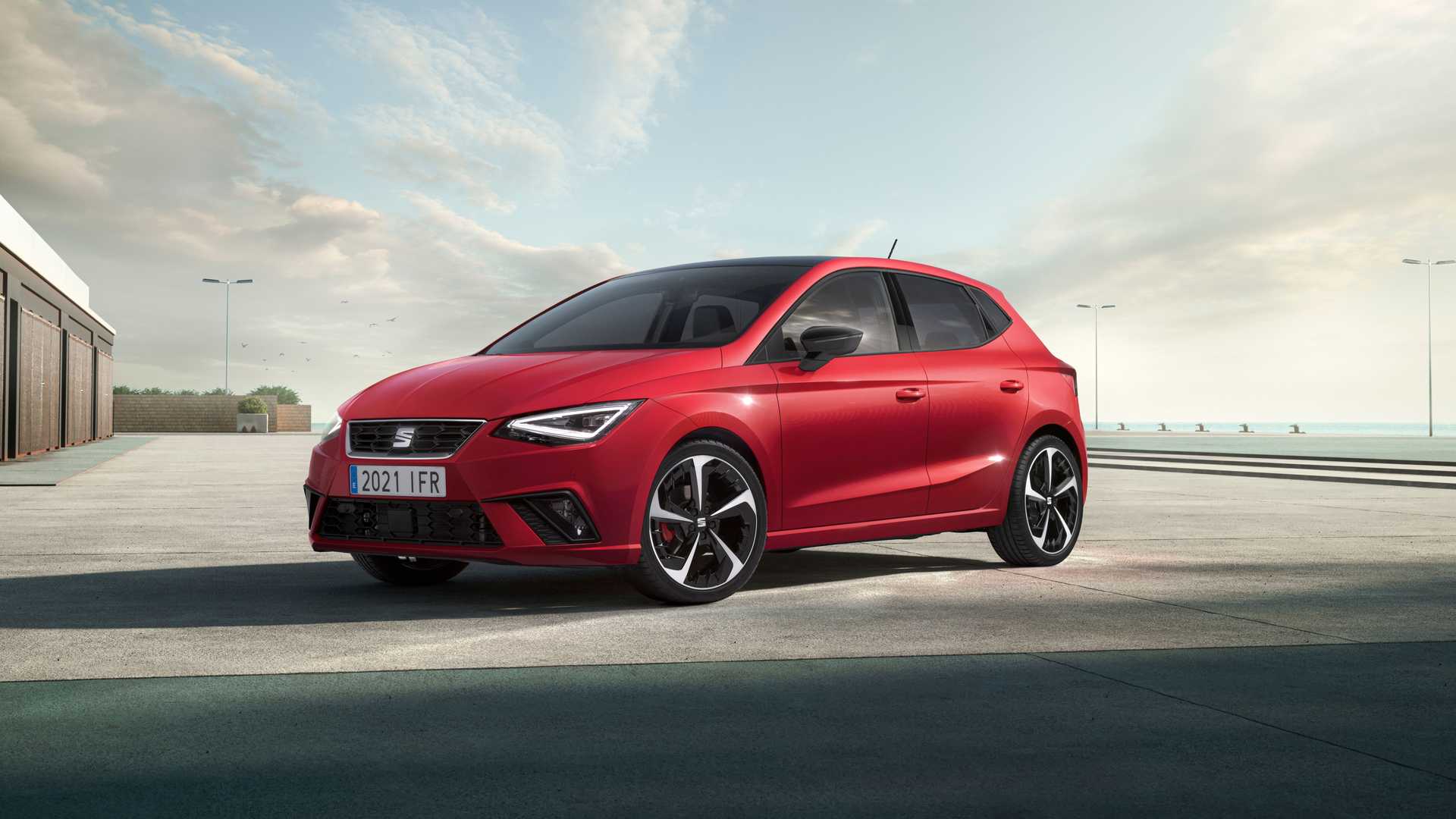
The Ibiza bucks the trend here a bit in that it’s a slightly bigger car making it more suited to those who may have families or who need to cart around luggage. A 1.0-litre engine option is the key to its placement here and newer models get loads of kit including air conditioning, smartphone connectivity and a 6.5-inch infotainment touchscreen.
Kia Picanto

The Picanto has long been known as one of the cheaper cars to insure out there because of its small, 1.0-litre engines. It’s definitely not fast — it never has been — but that’s good for those looking for cheaper insurance. The new models look appealing, but few have ever bought a Picanto out of sheer desire; low running costs and a seven-year warranty have always been the motivators here.
Skoda Fabia
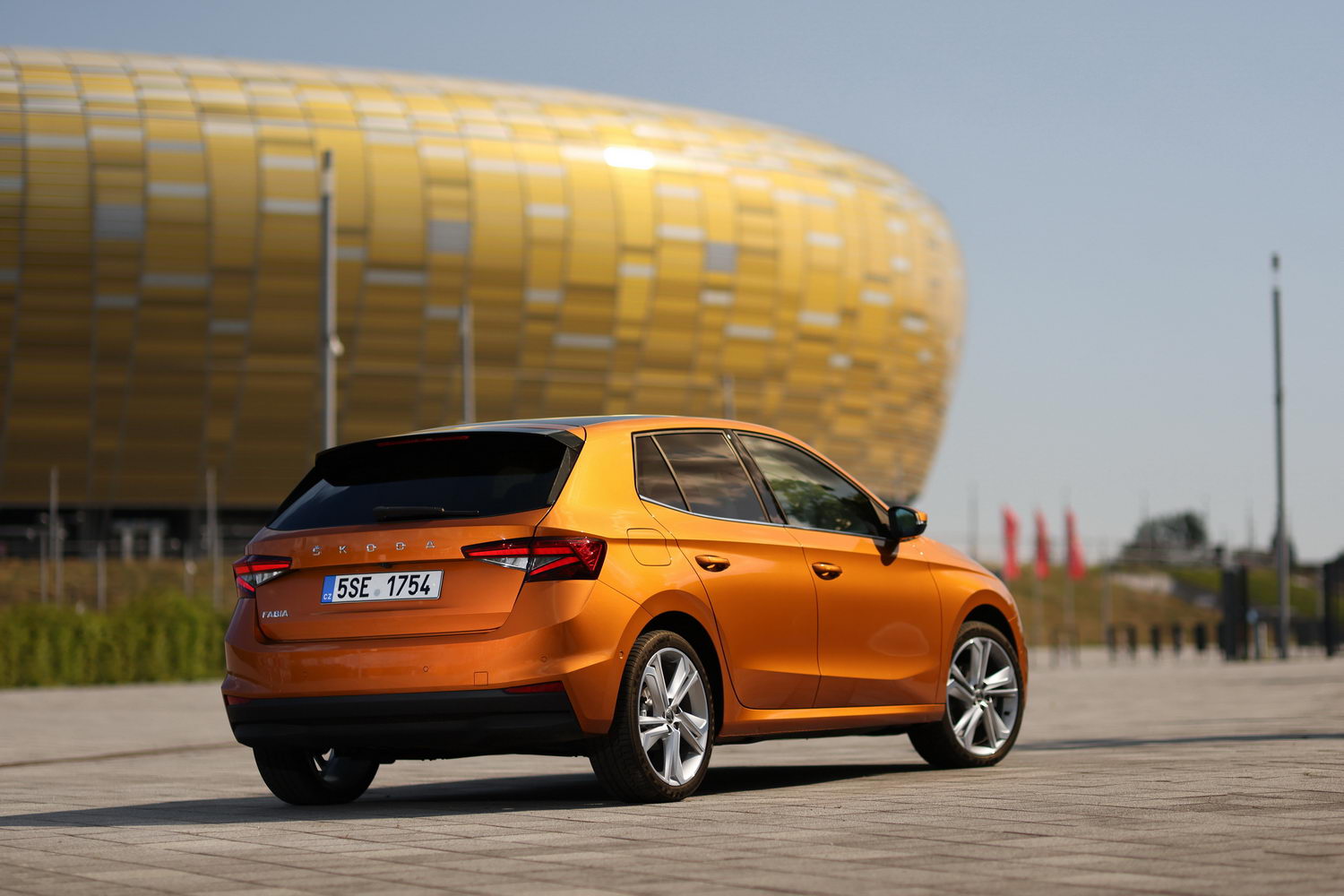
Think of the VW Polo in a slightly dowdier suit and you’ve mostly nailed the Skoda Fabia. That’s not the whole picture though: it’s a very competent supermini, being well-built, comfortable and easy to drive. It’ll be cheap to insure too thanks to its engines ranging from 1.0-litre to 1.4, though stick with the smaller displacement for cheaper insurance. There’s a Fabia out there for all budgets, and for those in need of more space, there’s always the excellent Fabia Combi estate.
Kia Rio
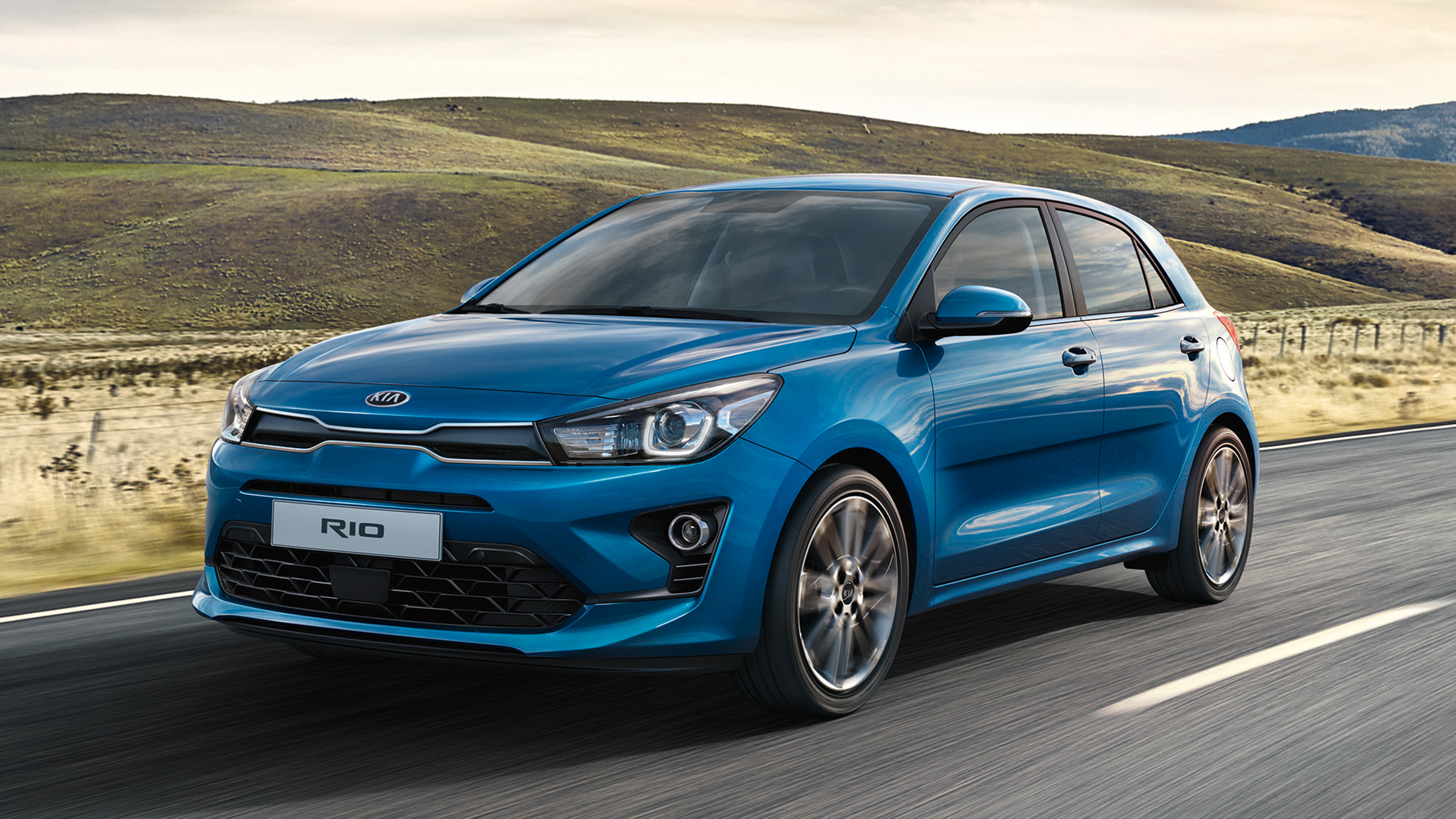
Like the Picanto, this isn’t bedroom poster material, but with its 1.2-litre engine, the Rio is cheap to insure while providing a larger, more spacious alternative to the Picanto, making it better suited to families. The Rio nameplate has been around for ages, so there’s plenty of choice and things like low repair costs and that seven-year warranty make it a very practical proposition.
Volkswagen Polo
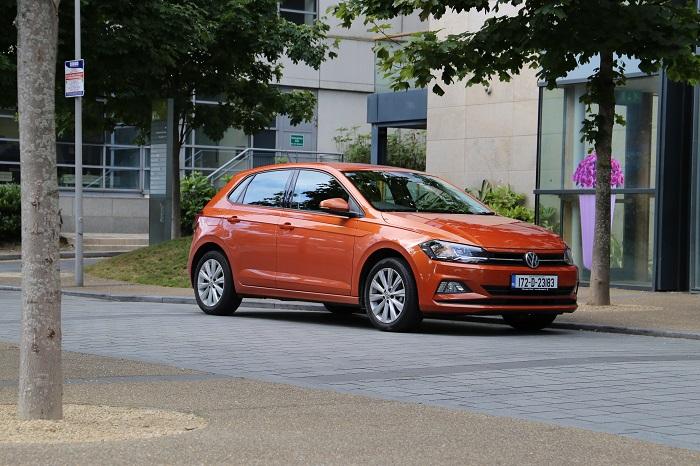
Younger and older drivers have, for decades, loved the VW Polo, and its broad appeal is entirely understandable. It’s spacious, comfortable and feels sufficiently upmarket, stylish and premium compared to some of its competitors, especially newer models, which offer decent levels of spec as standard including air conditioning, rain-sensing wipers and cruise control. Small engines keep insurance costs as low as possible, but stick to post-2012/2013 cars to avoid an age-related loading.
Hyundai i10
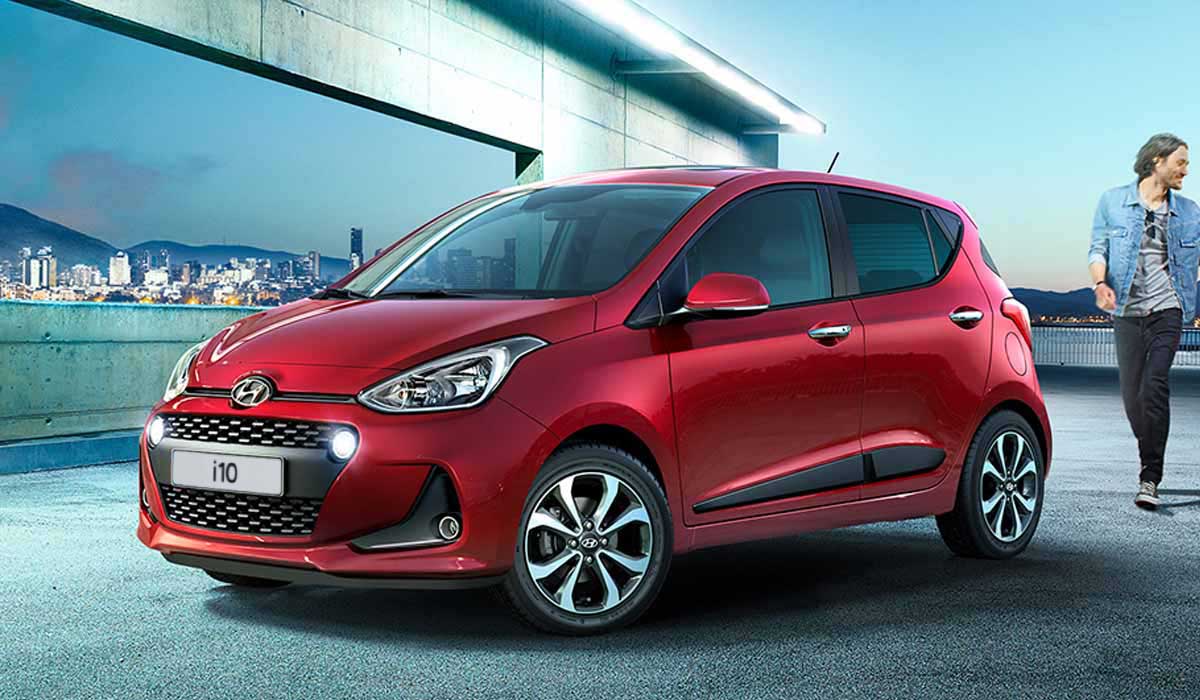
Like the related Kia Picanto, the Hyundai i10 was always a car bought with head rather than heart, though the newest models look really quite good. Reliability and a high level of equipment are two of the i10’s biggest strong points and fine road manners make it a pleasant — if not exciting — car to drive. A 1.0-litre engine makes for an economical, cheap-to-insure supermini.